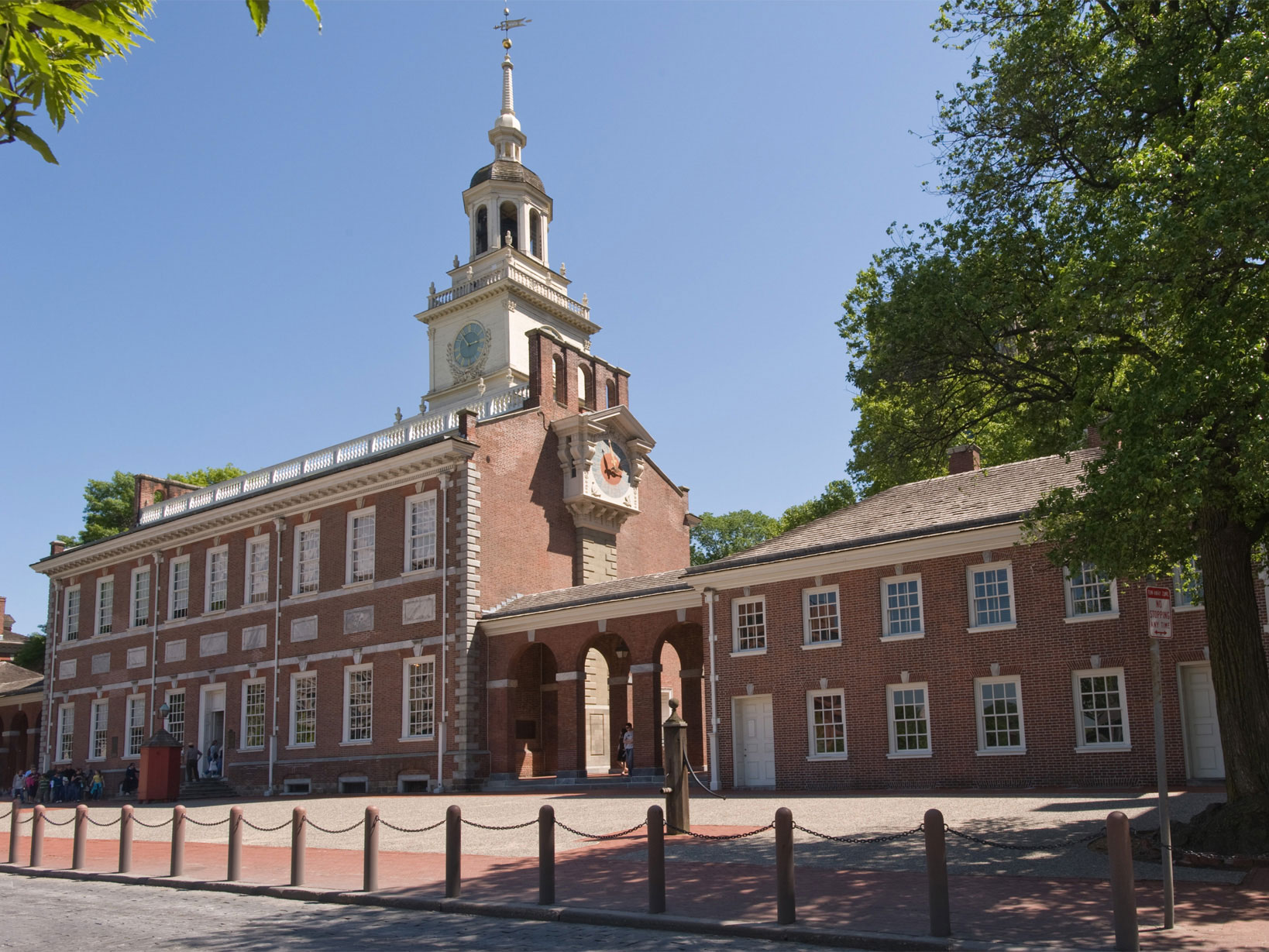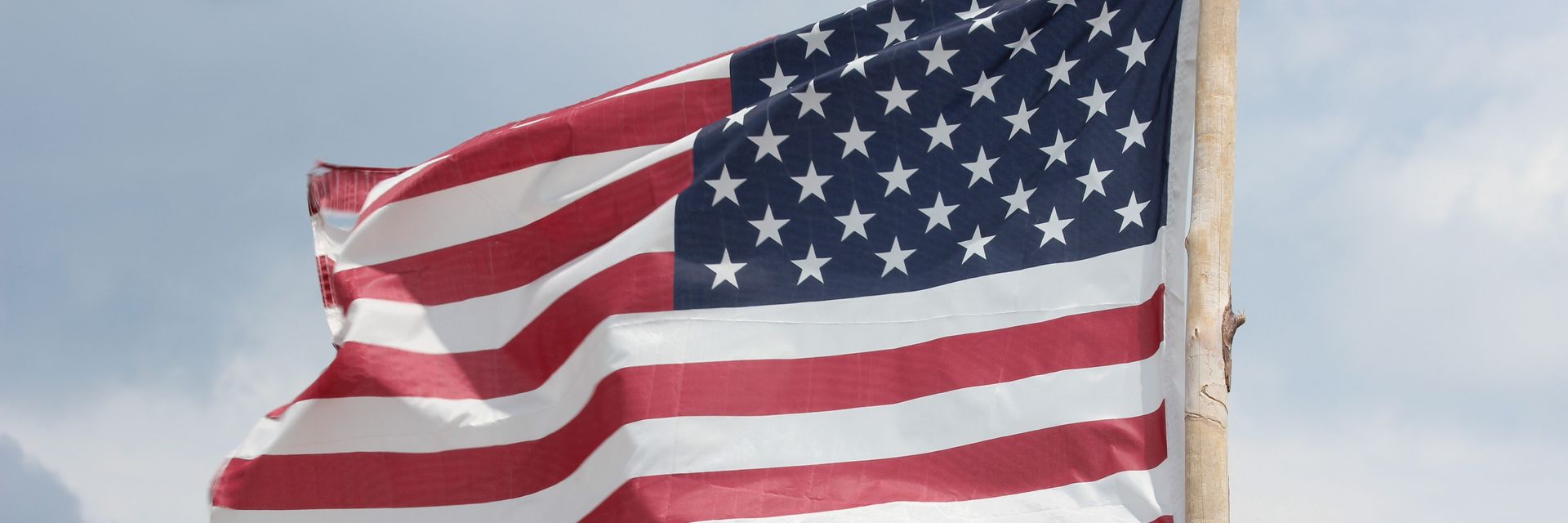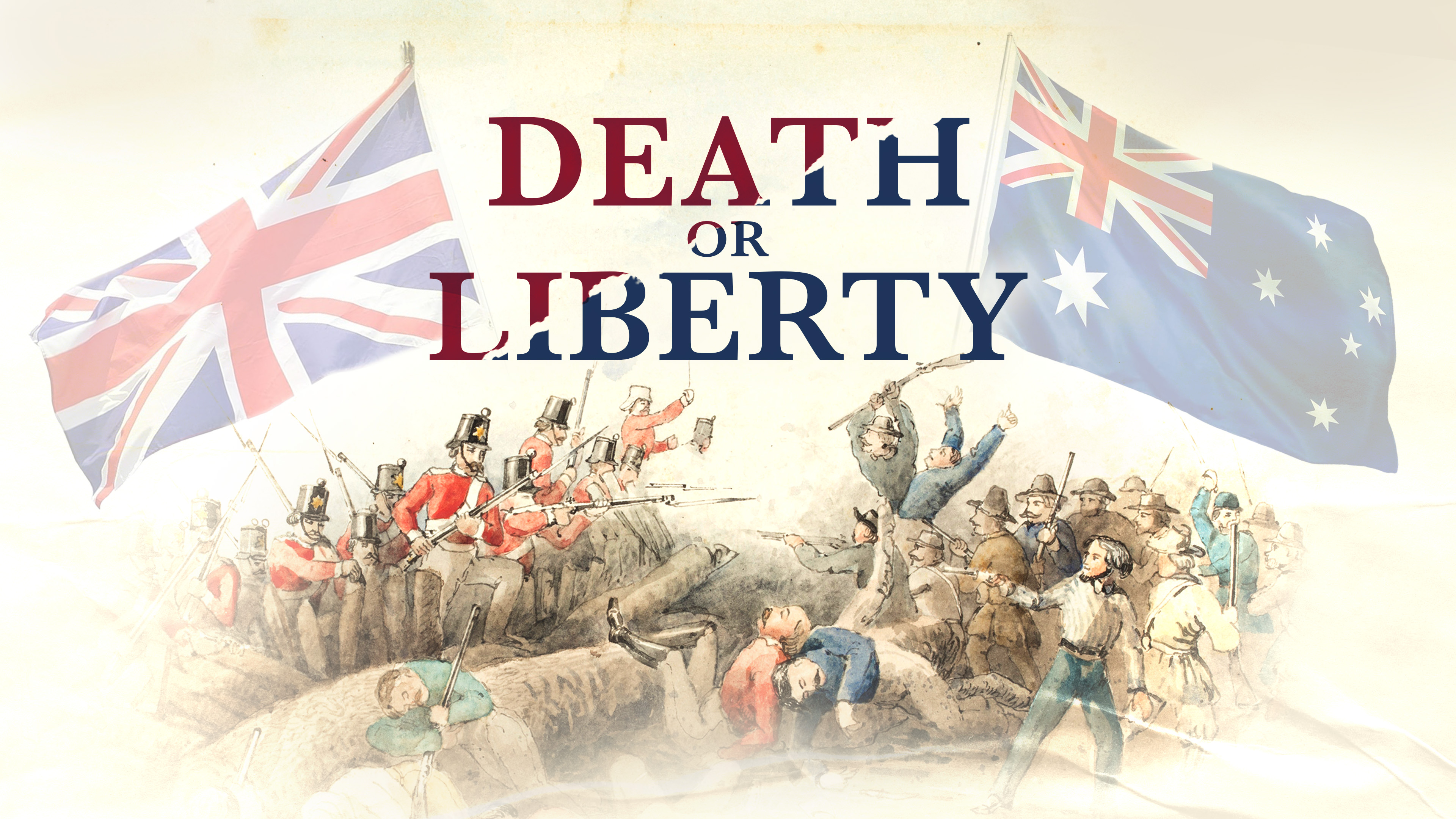America’s Independence Day has transformed from a solemn political observance into a diverse celebration reflecting the nation’s evolving identity, culture, and values.
◊
Each year on July 4, Americans celebrate Independence Day with fireworks, parades, barbecues, and patriotic displays. However, the way this national holiday is observed has evolved significantly since the Declaration of Independence was signed in 1776. From solemn beginnings to commercial spectacles, Independence Day reflects the changing values and culture of the United States.
We're celebrating "the 4th" here in the U.S., but Australia has its own independence story to tell. Learn about it here.
The Early Years: Reflection and Unity
In the years immediately following the Declaration's signing, the Fourth of July was marked with public readings of the document, bell ringing, and local celebrations. These early observances were deeply political, aimed at uniting the fledgling colonies against British rule and fostering a sense of shared purpose.
In 1777, just one year after the Declaration, Philadelphia held the first major celebration with fireworks, a tradition that has endured. Yet during the Revolutionary War, such celebrations were often modest or symbolic, given the ongoing conflict and limited resources.
The 19th Century: Expansion and Patriotism
As the United States expanded in the 1800s, Independence Day became a truly national celebration. Communities across the country hosted parades, public speeches, and festivals. During this time, the day became as much about expressing American identity as it was about remembering the Revolution.
After the War of 1812, which reaffirmed American sovereignty, patriotism surged. The Fourth of July began to serve as a platform for discussing issues like national unity and civic responsibility. Politicians used the day to give speeches, and temperance societies and abolitionists used the holiday to promote reform movements.
Congress made Independence Day a federal holiday in 1870, and by the late 19th century, it had taken on many of the characteristics we recognize today – fireworks, family gatherings, and a focus on national pride.
The 20th Century: Commercialization and Mass Celebration
The 20th century saw Independence Day become more commercialized and media-driven. With the rise of radio, film, and television, patriotic music, themed movies, and broadcasts became central to the celebration. Fireworks displays grew larger and more organized, often sponsored by cities or corporations.
After World War II, the Fourth of July took on new meaning, symbolizing American freedom in contrast to the totalitarian regimes defeated during the war. Cold War tensions further emphasized the holiday’s patriotic elements, with celebrations reinforcing national ideals.
As suburban life blossomed, the holiday increasingly centered around leisure – cookouts, beach trips, and community events became staples. Retailers also began using the day for sales and promotions, adding a layer of consumerism to the patriotic occasion.
 Independence Hall in Philadelphia (Source: National Park Service, via Wikimedia Commons)
Independence Hall in Philadelphia (Source: National Park Service, via Wikimedia Commons)
Today: A Diverse and Evolving Celebration
In the 21st century, Independence Day continues to evolve. While traditional festivities remain strong, there is also greater recognition of the complexities of American history. For some, particularly Indigenous communities and descendants of enslaved people, the day is also a time of reflection on the country’s unfulfilled promises of liberty and justice for all.
Social media has added a new dimension, allowing people to share celebrations and messages of patriotism – or protest – widely and instantly. Fireworks, concerts, and parades remain popular, but so too are conversations about what freedom means in a modern, diverse America.
As the country continues to evolve, so too will its celebration of independence – a living tradition that marks both where the nation has been and where it is going.
Ω
Title Image credit: Crefollet, via Wikimedia Commons)


